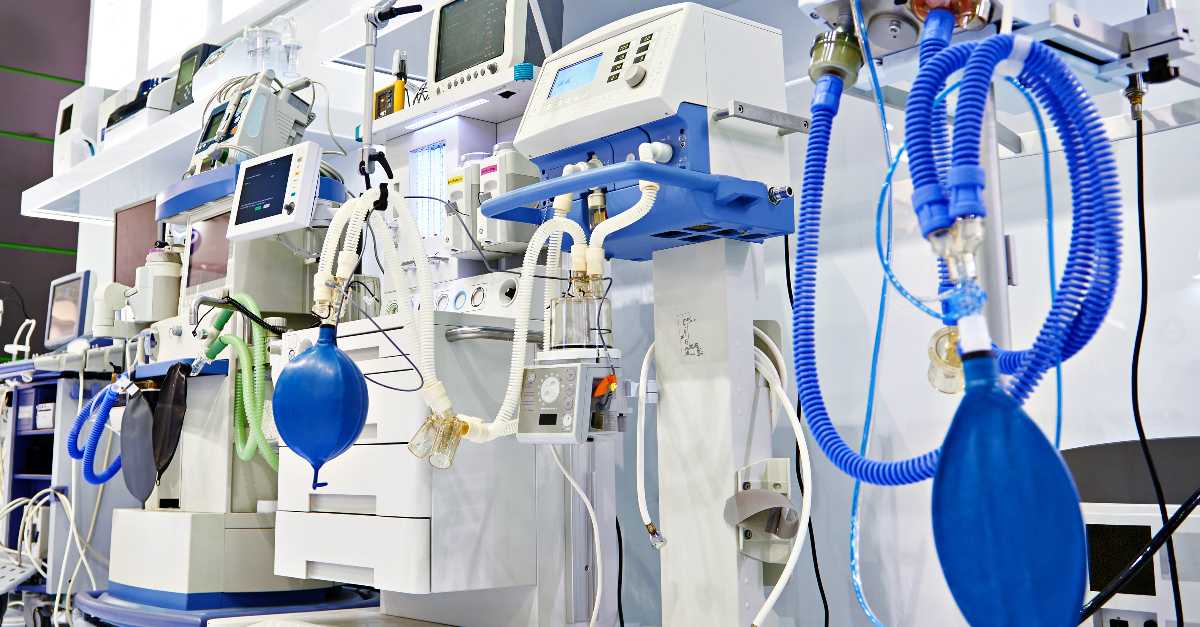
If you have been buying China-made medical devices and reselling them in the European Union, and if you haven’t actually done the product development work yourself, can you keep doing that business now that the new EU medical device regulation changes have come into effect?
In many cases, no.
What’s in the new EU MDR?
The EU Medical Device Regulation, which came into effect in May 2021, is much stricter than the directive it replaces.
To be able to put the CE mark on their medical devices sold in the EU, importers now have to show evidence of a LOT more work.
I was talking about it with Clive Greenwood today, and we were wondering how most traders of medical devices in the EU will survive.
Here are some of the most important requirements from the regulation and my interpretations of them.
(Note: what the regulation calls “manufacturer” is the company that puts the product on the market, so that’s your company if you are the importer of record.)
1. A clinical trial is a must
That’s a big one. Do you have the budget for that?
Demonstration of conformity with the general safety and performance requirements shall include a clinical evaluation in accordance with Article 61.
And, in article 61:
Confirmation of conformity with relevant general safety and performance requirements […] under the normal conditions of the intended use of the device, and the evaluation of the undesirable side-effects and of the acceptability of the benefit-risk- ratio […], shall be based on clinical data providing sufficient clinical evidence […].
2. You must have the technical design files of the product in your hands
No more “we bought it from a Chinese factory, they already developed it and we just distribute it”. If your supplier doesn’t give you documents about the way they developed the product, you might be unable to get a CE mark from a notified body.
Manufacturers of devices […] shall draw up and keep up to date technical documentation for those devices. The technical documentation shall be such as to allow the conformity of the device with the requirements of this Regulation to be assessed.
And, more specifically:
(a) information to allow the design stages applied to the device to be understood;
(b) complete information and specifications, including the manufacturing processes and their validation, their adjuvants, the continuous monitoring and the final product testing. Data shall be fully included in the technical documentation;
(c) identification of all sites, including suppliers and sub-contractors, where design and manufacturing activities are performed.
Unfortunately, most Chinese manufacturers don’t follow a formal process when they develop a new product. They just don’t have such data!
I really don’t know how traders/distributors will comply with that requirement. I can foresee a lot of fake documents put together after the fact…
3. A quality management system (QMS)
The new regulation reads:
Manufacturers of devices […] shall establish, document, implement, maintain, keep up to date and continually improve a quality management system that shall ensure compliance with this Regulation in the most effective manner and in a manner that is proportionate to the risk class and the type of device.
The quality management system shall cover all parts and elements of a manufacturer’s organisation dealing with the quality of processes, procedures and devices.
Not much is new here. But the requirements for what the QMS has to include seems to have grown quite a bit. Don’t re-use the old paperwork!
4. A structured risk analysis
An FMEA-type analysis is a must for each device.
Risk management shall be understood as a continuous iterative process throughout the entire lifecycle of a device, requiring regular systematic updating.
Again, this is not something we see often when a Chinese factory developed a new product.
5. Product verification & validation
Yet again another type of data that is not formally documented.
detailed information regarding test design, complete test or study protocols, methods of data analysis, in addition to data summaries and test conclusions
And
the procedures and techniques for monitoring, verifying, validating and controlling the design of the devices and the corresponding documentation as well as the data and records arising from those procedures and techniques.
If setting up test plans and then applying those tests hasn’t been done, doing it right is going to be painful.
Read the new EU MDR here…
Feel free to go into the regulation and dig more details if you’d like. It’s all on this page: REGULATION (EU) 2017/745.
In some cases, what makes more sense is actually re-developing the product — learning from its limitations and designing its next version. And, that time, following a proper process for new product introduction!
******
Are the EU medical device regulation changes a worry for you? How are you planning to deal with them and stay or become compliant? Let me know in the comments, please.
You may also like to read:
- Analyzing the NPI process and its benefits [Podcast]
- Buyers of Masks and other PPE: Are You Exposed to Serious Liability?
- SAFETY COMPLIANCE: major risks for European importers
Disclaimer
We are not lawyers. What we wrote above is based only on our understanding of the regulatory requirements. QualityInspection.org does not present this information as a basis for you to make decisions, and we do not accept any liability if you do so.
